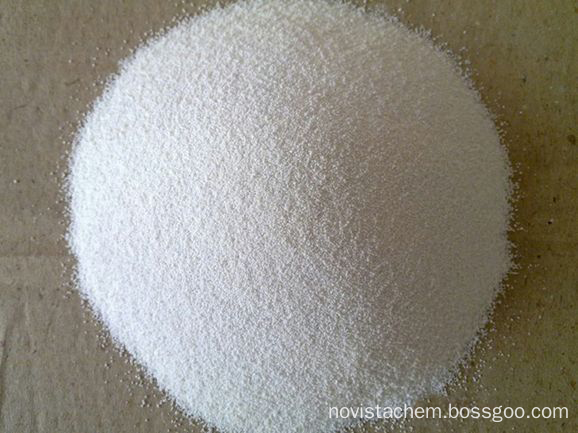On the 12th to 13th, there was widespread snow in Jiangsu Province, and snow appeared in Huaibei and the west of the Yangtze River. At 07:00 on the 14th, the maximum snow depth was 1.5 cm (Suining). Precipitation is conducive to further alleviating meteorological drought, and at the same time, it is beneficial to improve the performance of farmland. However, in areas with heavy drought, it is still necessary to pay attention to weather changes and timely irrigation.
It is expected that snowfall in Jiangsu Province will gradually stop today. On the 15th, the lowest temperature in the province is still -6 ~ -2 ° C, and most areas will appear frozen. It is expected that during the day of the 16th to the 17th, there will be a weak precipitation process in the province. Light rain or light rain in the Huaibei area (0 to 3 mm of rain and snow), light rain in other areas (rainfall below 10 mm), and weak precipitation on the 18th. process. After the 20th, the temperature in the province will gradually rise.
According to the recent weather conditions in Jiangsu Province, before the 16th, the average daily temperature in the arid region of Huaibei was still below 3 °C, which was not suitable for irrigation, so as to prevent the surface from freezing and freezing the wheat. It is recommended that farmers' friends pay close attention to the weather changes. When the average temperature is below 3 °C, it is not suitable for irrigation. In areas where the drought has not been effectively alleviated, it is necessary to wait until the average daily temperature rises to 3 °C before spraying or small water irrigation. Avoid flooding with large water to prevent the surface from freezing and freezing the wheat.
At the same time, it is necessary to do field management according to the situation of the seedlings and the public opinion. Winter wheat will gradually enter the greening period, and it is necessary to prepare for the field management in the greening period. For small or late-weak wheat fields, it is necessary to pursue the return of green fertilizer, and loosen the soil to promote root growth.
CPVC Resin is made by chlorination modification of PVC resin and is one advanced engineering material. This product is white or canary loose grain or powder with no smell, odorless and innocuity. After chlorination, the irregularity of molecular bond of the PVC resin and the polarity of molecular chain increase, the dissolvability and chemical stability of the resin also increase, and accordingly improve the heat resistance and resist the corrosion of acid, caustic, salt and oxidant etc. In addition, it improve the mechanical performance of numerical heat distortion temperature and chlorine content increases from 56.7% to 63-69% and Vicat softening temperature from 72-82 ℃ to 90-125 ℃ ; its highest service temperature can reach 110 ℃ and long-term service temperature can reach 95 ℃ . Accordingly, CPVC is one kind of advanced engineering plastic with vast foreground.

CPVC Resin
CPVC Resin for Pipes, CPVC Resin CAS 68648-82-8, CPVC Resin for Fittings, CPVC Resin for Industrial
Shandong Novista Chemicals Co.,Ltd (Novista Group) , http://www.novistachem.com